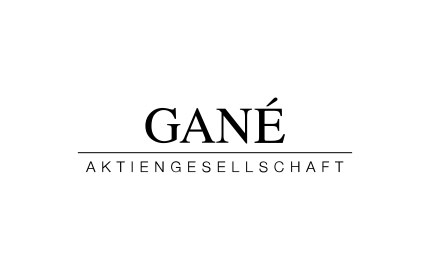Since the Great Financial Crisis equities delivered significantly better returns than bonds. Nevertheless, bond prices also rose by an unusual extent. Bond yields fell to historically low levels in the wake of unprecedented interest rate cuts and central bank purchase programmes. Yields of ten-year US-Treasuries fell from 5 percent to just 0.5 percent between 2007 and 2020. In the same period, yields on ten-year Bunds plummeted from over 4 percent to below -0.5 percent. Around 30 percent of the world’s outstanding government and corporate bonds had a negative interest rate at the peak of the era of “free money”.
However, the monetary easing measures in response to the Corona Crisis did not only lead to new lows in bond yields. Combined with a pandemic-induced disruption of supply chains and excessive fiscal stimulus, especially in the US, the toxic mix led to huge spikes in inflation. Central banks are now countering this development with rapid and decisive interest rate hikes. Suddenly, ten-year US-Treasuries are offering a yield of 4 percent, ten-year Bunds 2 percent and US high-yield corporate bonds are even tempting investors with an expected return of 9 percent per year.
Does this make bonds a real alternative to equities again? It depends. Particularly with corporate bonds, careful and vigilant selection is necessary, because higher current interest rates must not obscure the analysis of a company’s operational performance. Default rates remain below average in the high-yield segment. There is much to suggest that they will rise. Cost increases, margin pressure and the need for follow-up financing at completely different interest rate conditions are only gradually eating into corporate balance sheets. The corporate landscape is characterised by numerous zombie companies, i.e. companies that have a negative interest coverage capacity, i.e. a ratio of operating profit to interest expenses of less than 1. A healthy shakeup has not taken place yet. The Bank for International Settlements (BIS) has been issuing strong warnings since 2018 about companies whose external financing capacity is at massive risk in a recession with a changed interest-rate environment.
In the bond segment, GANÉ therefore continues to focus on short-dated government bonds with low interest rate and default risks. Occasionally we are already buying corporate bonds when positive events, for example capital increases, accompany the situation. Although such restructuring measures are a burden on shareholders, they directly strengthen the position of bondholders. However, equities of long-term winning companies, which are characterised by low debt, high free cash-flows and pricing power, remain our preferred asset-class.
Author:

